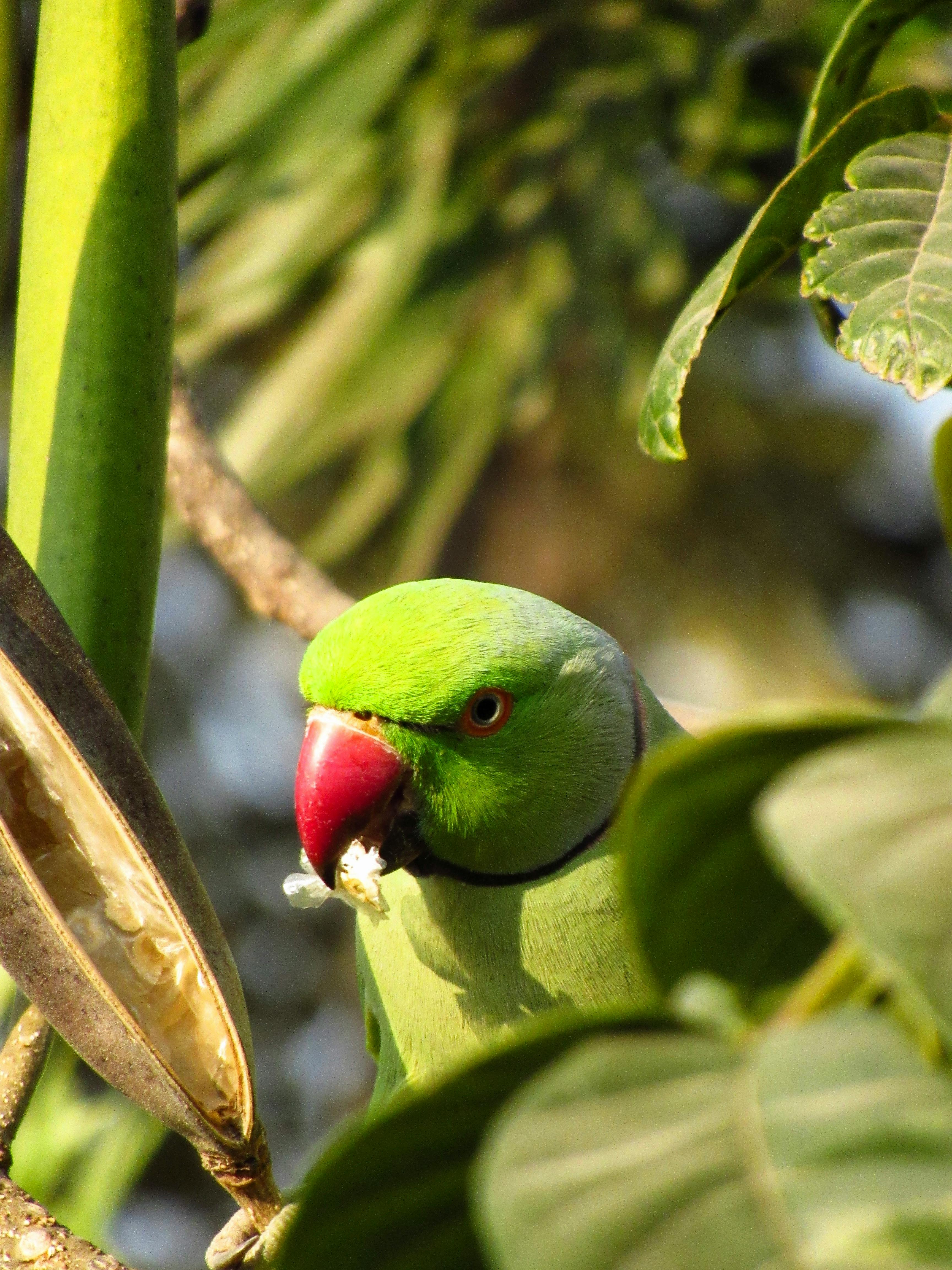Best 5 Fish for Beginners: A Quick Guide to Easy Care

Best 5 Fish for Beginners: A Quick Guide to Easy Care
Starting an aquarium can be a fulfilling and relaxing hobby, especially for beginners eager to introduce aquatic life into their homes. Understanding the best fish for beginners is crucial for creating a thriving underwater ecosystem. In this guide, we’ll explore the characteristics, care tips, and compatibility of easy fish to care for, helping you choose the ideal fish for your first tank. The five fish highlighted below are perfect for novice aquarists and can thrive in smaller tanks, making them accessible and manageable to care for.
Through this article, we’ll cover:
- Top beginner-friendly fish
- Fish care essentials
- Tank setup tips for novices
By the end of this guide, you’ll have a better understanding of how to choose fish and maintain a healthy aquarium environment.
Top Beginner-Friendly Freshwater Fish
Freshwater fish create a vibrant and lively atmosphere in your home. They are typically hardier and easier to care for than their saltwater counterparts, making them ideal for beginners. Here are five freshwater fish for beginners:
1. Betta Fish Care
Betta fish, also known as Siamese fighting fish, are one of the most popular starter fish due to their vivid colors and unique personalities. They thrive best in small tanks with proper tank filtration to maintain water quality.
When setting up a habitat for your betta, incorporating some live plants and decorations can provide them with hiding spots. Remember to follow a consistent fish feeding schedule and monitor their health, as they can be prone to stress if they feel exposed.
For bettas, an ideal tank size is 5 gallons or more, with a gentle filter that won't create strong currents. Keeping them in a peaceful environment will help boost their colors and minimize signs of stress.
2. Guppy Fish
Guppies are another easy fish to care for and are highly adaptable, making them perfect for beginners. They come in a variety of colors and patterns, adding a lively touch to your aquarium.
Guppies thrive in water temperatures of 72-82°F and prefer a well-planted tank with a sandy substrate. They are social creatures and can coexist with other community fish, so don’t hesitate to pick compatible tank mates.
Keep an eye on their breeding, as guppies can reproduce quickly. Providing enough space and plants will help maintain a peaceful environment in your tank.
3. Neon Tetra
The neon tetra is a small, colorful fish that does well in schools of six or more. They are peaceful and ideal for a community tank setup.
Neon tetras prefer a tank with a planted environment, which helps them hide and feel secure. Their low maintenance needs and ability to thrive in various water conditions make them great starter fish.
Maintaining consistent water conditions and performing regular water changes are essential for their health, as it helps prevent common fish diseases.
4. Corydoras Catfish
Corydoras catfish are bottom-dwellers known for their scavenging habits and friendly nature. They help maintain a clean tank by consuming leftover food and uneaten scraps.
This fish thrives in groups, so consider keeping a school of at least four. They prefer sandy substrates and are known to be tolerant of various water conditions, making them hardy fish for beginners.
Regular water changes and ensuring their habitat is free from sharp objects are crucial to their care. Their playful behavior and unique appearance can greatly enhance any aquarium.
5. Platies
Platies are colorful and peaceful fish that are easy to care for, making them a favorite among beginner aquarists. These fish come in various colors and patterns and are perfect for community tanks.
They thrive in warm water temperatures between 70-80°F and enjoy a planted aquarium with ample swimming space. Platies are also known for their sociable nature and adaptability to different aquarium conditions.
Keep a balanced diet of quality fish food to promote their health and colors.
Setting Up Your Beginner Aquarium
Setting up your aquarium correctly is crucial for the health and longevity of your fish. Understanding the fish tank setup process will help you create a stress-free environment where your new pets can thrive.
Choosing the Right Aquarium Size
Selecting the best fish tank size is vital for maintaining water quality and fish health. A tank size of 20 gallons or more is recommended for beginners, as it provides more stability in water conditions and allows for a greater variety of fish.
For smaller fish, you can also use smaller tanks, but always consider fish compatibility to ensure they have enough space.
Essential Aquarium Equipment
Basic aquarium equipment includes a quality filter, heater, and lighting. Filters are necessary for tank filtration, keeping your water clean, while heaters help maintain a comfortable temperature for your fish.
LED lighting is energy-efficient and beneficial for plants in your tank. Incorporating aquarium plants for beginners can enhance the aesthetics of your aquarium while providing hiding spots for fish.
Understanding the Fish Cycle Process
The fish cycle process is an essential step in establishing a healthy aquarium. This process establishes beneficial bacteria that help break down harmful ammonia produced by fish waste.
To cycle your tank, set up your aquarium and add a source of ammonia, such as fish food or a pure ammonia solution. Monitoring ammonia levels with aquarium test kits will guide you through this crucial process.
Regular Fish Maintenance for Beginners
Once your aquarium is set up, regular maintenance is critical to keep your fish healthy. This includes routine checks on water quality, consistent feeding schedules, and regular tank cleanings.
Performing partial water changes (about 20-30% weekly) is beneficial for keeping the water parameters stable and ensuring your fish remain happy and healthy.
Common Mistakes in Fish Keeping
Even with the best intentions, beginner aquarists often make mistakes when starting out. Learning about these common pitfalls will help you avoid them and maintain a successful aquarium.
Overcrowding Your Tank
One common mistake is overcrowding the aquarium. Each fish species has specific space requirements, so it is important to ensure you do not exceed the recommended number of fish for your tank’s size.
Research compatibility and ensure that your tank mates can coexist peacefully without causing stress or aggression.
Neglecting Water Quality
Another frequent error is neglecting water quality. Regular water tests and changes are essential for preventing fish diseases. Monitoring parameters like pH, ammonia, nitrite, and nitrate levels will help maintain a healthy environment.
Choosing Incompatible Fish Species
Understanding fish compatibility is vital for creating a harmonious community tank. Research the behaviors and needs of different species to select compatible tank mates.
Choosing peaceful fish will reduce stress and aggression, leading to a healthier aquarium ecosystem.

Conclusion: Starting Your Fish Keeping Journey
Starting your fish keeping journey can bring joy and tranquility to your life. Understanding the beginner fish discussed in this article will set you on the right path towards creating a vibrant underwater habitat. Remember to prioritize fish health, water quality, and compatible species. As you grow more confident in your abilities, exploring advanced species and setups will become easier. The rewarding experience of observing your fish thrive will make every effort worthwhile.
